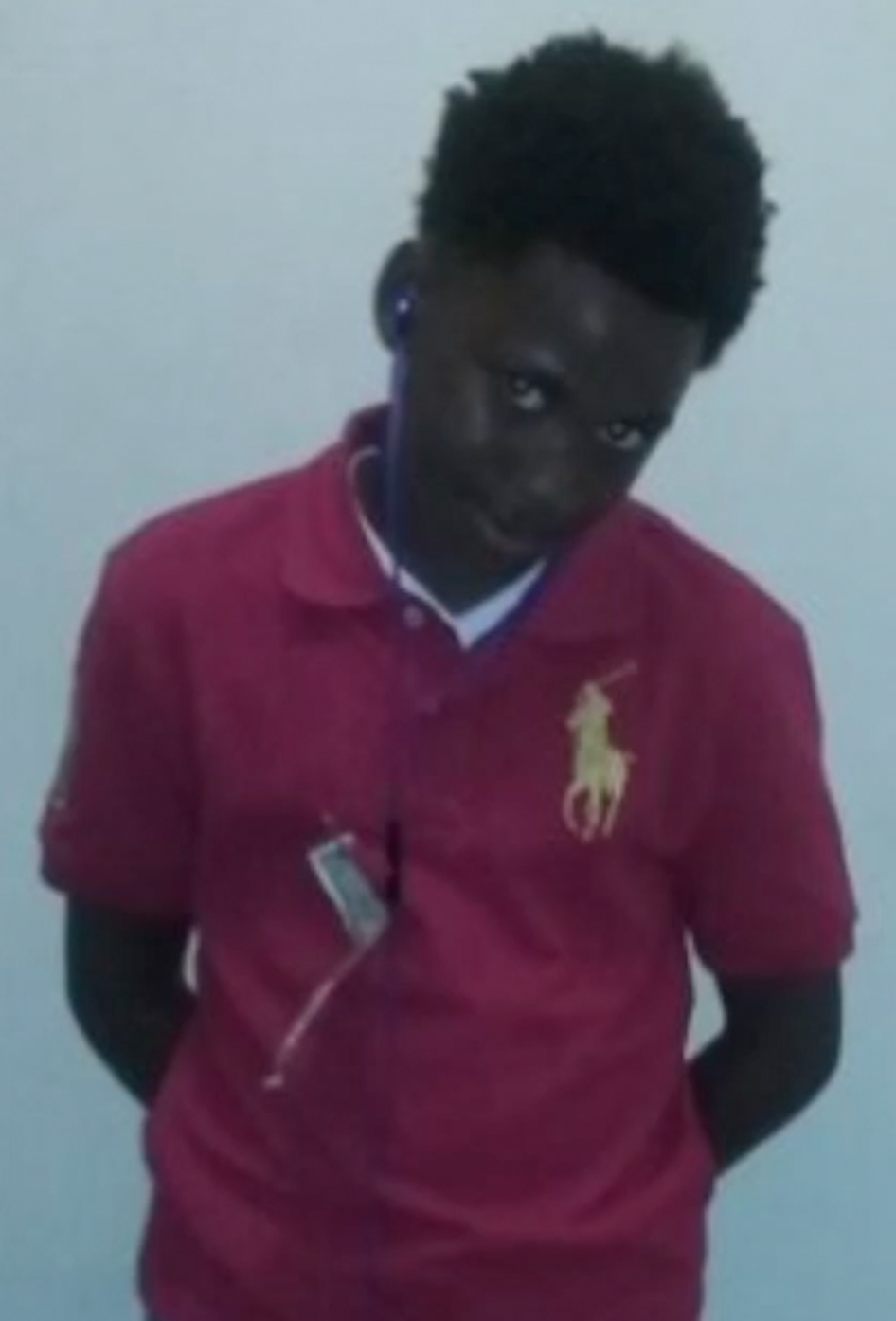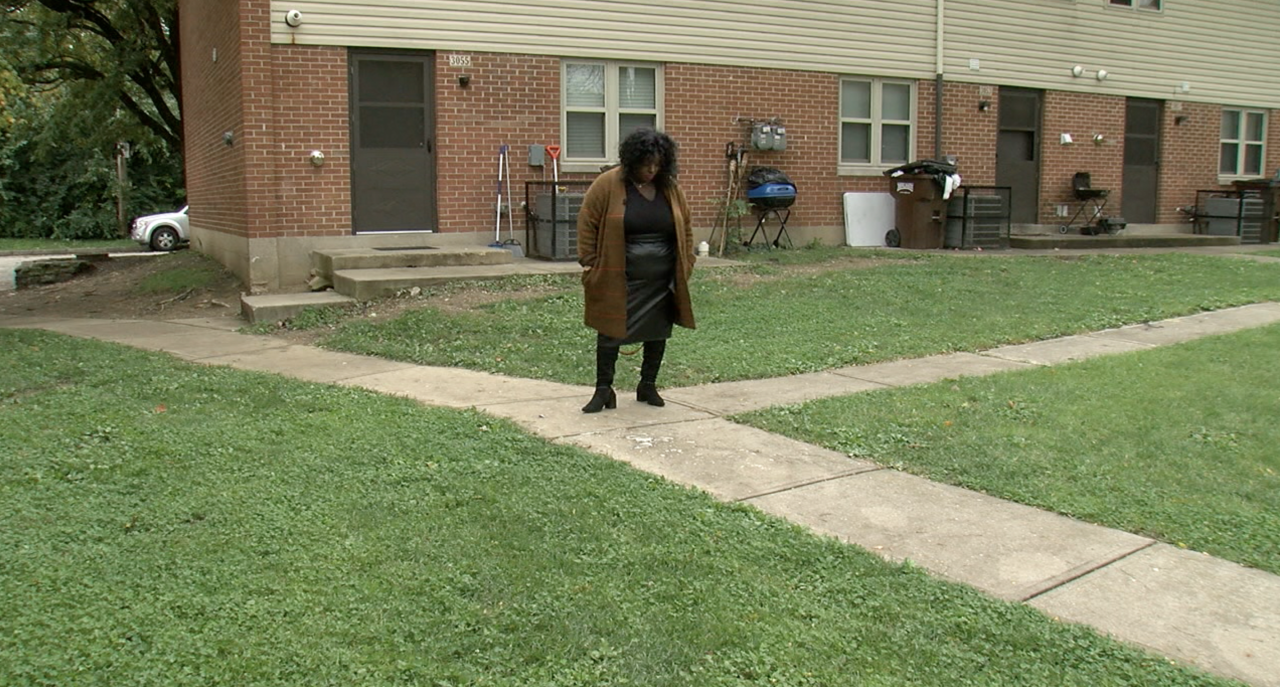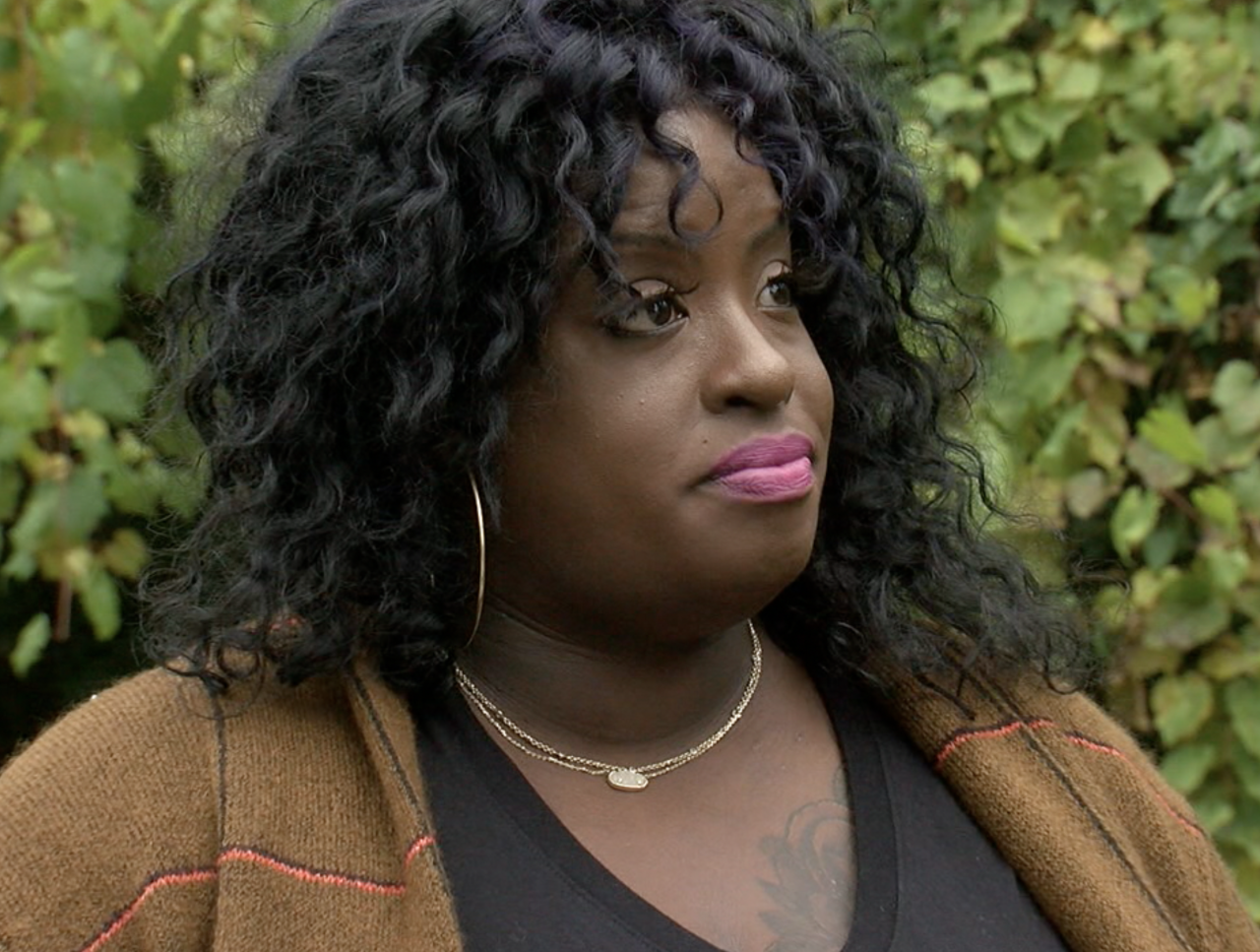CINCINNATI — Two handcuffed boys charged with murder sat silently next to each other during a recent hearing in Hamilton County Juvenile Court.
The co-defendants, ages 14 and 15, along with two other boys, ages 16 and 17, are charged in a June 21 drive-by shooting that killed 16-year-old Galevon Beauchamp.
Cincinnati police said the four defendants were in a stolen car "firing shots at a parking lot full of people" in Avondale.

The two youngest accused killers in that group appeared calm at their hearing.
"A lot of kids accept it," Hamilton County Juvenile Probation Officer Randall Mitchell said. "They think that's a way of life for them. They think that's normal."
In 2021, thirteen juveniles have been charged with murder in Hamilton County Juvenile Court.
That's the highest number of juvenile murder charges ever filed in one year, according to the court.
In 2020, prosecutors charged three defendants with murder.
"Their neighborhoods are war zones," Powers said. "They're living in nightmare, horrific conditions."
The WCPO 9 I-Team is investigating juvenile violent crime and its impact on the community. We're following defendants and victims through juvenile court, trying to better understand what prompted the violence, the impact it's having in our community, and what's being done to address it.

The youngest murder defendant in Hamilton County is a 13-year-old girl accused of stabbing another 13-year-old girl in her throat April 19 during an argument in Winton Hills.
Two of the murder defendants are 14-year-old boys.
One of those 14-year-olds is charged in a series of "murder-for-hire" shootings with adult co-defendants that left three dead and several wounded.
On Feb. 2, the 14-year-old arranged on Facebook to meet with two people, according to police.
Then, police said, he shot them both in the 2400 lock of Saturn Street in Westwood, killing 19-year-old Terrence North.
On Feb. 16, the same 14-year-old boy and an adult opened fire on a vehicle in the 2600 block of Westwood Northern Boulevard, according to police.

The shooting killed 27-year-old Deontray Otis and wounded two others inside the vehicle.
Police said the intended target of the alleged contract-killing survived the shooting.
On Feb. 18, police believe, the same 14-year-old was one of the gunmen who shot and killed 30-year-old Donnell Steele in the 2100 block of Millvale Circle.
The 14-year-old could be tried as an adult for six counts of murder, one count of aggravated murder, three counts of attempted murder and six counts of felonious assault.
If convicted as an adult, the 14-year-old faces life in prison.
"What is really different this year is seeing the involvement of juveniles, both as victims and as suspects," Cincinnati Police Chief Eliot Isaac said. "That is a little unique here to Cincinnati, something we typically don’t see.”

Many communities are struggling with juvenile gun-related crimes.
In Montgomery County, Ohio, a juvenile court judge called it a "crisis" and has held "summits" focusing on juvenile violence.
"My fear is everybody will get used to it," Mitchell said.

Mitchell, a Hamilton County juvenile probation officer for 21 years, said parents of two juvenile offenders are so scared for their child's safety that they have asked Mitchell to arrest and detain their children for probation violations as minor as skipping school.
"The parent wants their kid off the street," Mitchell said. "They think that it would be better for their kid to be locked up than on the street."
More juvenile shooting victims
On June 17, less than a week before his 17th birthday, Ladarius Evans was sitting on a concrete step hanging out with friends in Walnut Hills.
Without warning, gunfire came from bushes covering a chain-link fence 30 yards from Ladarius and his friends, according to his mother, LaVonda Evans.
"He was running for his life and died running for his life," LaVonda Evans said.
Three others were injured in the shooting.

Wax from melted makeshift memorial candles marks the location on a sidewalk where police found Ladarius' body.
"I think about my son every moment," Evans said. "It hurt. It hurt. It hurt."
Evans said witnesses told her a "group of teenagers" was seen near the fence before the shooting.
There are no arrests in the shooting.
"Someone knows something," Evans said. "I'm a mother pleaded for justice for her son."

Cincinnati police reported 94 homicides in 2020, the city's deadliest year on record.
There have been 80 homicides in 2021, according to a CPD report released Tuesday.
Shootings have killed and wounded more than 50 teens and children in communities throughout the Tri-State, including Colerain Township, Lockland, Middletown and Hamilton.
Cincinnati police said a 12-year-old was shot three times in Januaryduring a shootout with a 14-year-old.
In June, a quadruple-shootingin Cincinnati's Westwood neighborhood critically wounded two children, ages 8 and 6.
In an Oct. 15 presentation to the Cincinnati City Manager's Advisory Group, Cincinnati police shared their report Juvenile Shooting Victims and Arrests.
The report, created by CPD analysts, showed 43 juveniles had been shot in the city in 2021. Another surge in shootings with teen and child victims followed that report.
More than 9 out of 10 of those juvenile shooting victims are Black, according to the CPD report.
The CPD report shows 42 juveniles were shot in 2020.
"If I could pinpoint exactly what that was, I would have a solution not only for our city but most major cities nationally,” Isaac said.
The CPD report shows in 2021 each of the city's five police districts has reported at least 56 violent crimes that involved defendants and victims 24 years old and younger.
Those violent crimes are homicide, aggravated assault, rape and robbery.

There's more youth-involved violent crime reported in some of the city's largest neighborhoods, including Avondale, Westwood, East Price Hill and West Price Hill, according to CPD data.
But smaller neighborhoods, including Winton Hills, Bond Hill, Walnut Hills, West End, Over-the-Rhine and Corryville have much higher youth-involved violent crime per capita compared to the city's largest neighborhoods, according to an analysis by the WCPO 9 I-Team.
In fact, per capita youth-involved violent crime in Winton Hills and Corryville is four times higher than Westwood's youth-involved crime rate.
The CPD report also shows that since 2016, youth-involved violent crime has plunged more than 50% in nearly all of the city neighborhoods experiencing the most violence.
One of the few exceptions is Corryville, which is 4 miles north of Downtown and just south of Avondale .
In Corryville, the number of youth-involved violent crimes in 2021 is nearly identical to 2016 with almost two months left in this calendar year.
LaVonda Evans said she's afraid to be outside in public areas for too long because kids seem bolder and are using more high-powered firearms to shoot people even in broad daylight.

Juveniles are charged in three deadly shootings that happened within a few miles of where Ladarius died.
"It's mind-blowing," Evans said. "It's scary how a person can just pull out a gun and just shoot at people."
Juveniles with illegal guns
A Gun Crime Task Force has focused on prosecuting felons with guns and taking their illegal firearms off the streets.
Federal prosecutors have charged more than 50 adult convicted felons with illegally possessing firearms.
But Isaac said it's still easy for criminals, including youth, to illegally get firearms.
"We’ve taken over 1,300 guns off the street so far this year, more than any other year before, and yet we’re still seeing what’s occurring,” Isaac said. "The types of weapons young people are able to get their hands on. Never in the past had I seen 15-year-olds that able to access AR-15-style weapons and things of that nature that we're seeing now."

Mitchell said many juveniles use "community guns" hidden in bushes and other locations with easy access.
"The kids in the neighborhood know where that gun is and they go and get it if they need it," Mitchell said. "A lot of times it's from older adults."
There are about 90 juveniles held at the Youth Center, Powers said. That's nearly double the number of youth in custody early this year.
"At least 60% of the children held at the Youth Center have a gun-related offense," Powers said.
All juveniles charged with gun-related crimes are initially detained at the center at least until their next hearing, according to an email Hamilton County Juvenile Court Public Relations and Data Director Heather Chura Smith sent Wednesday to the I-Team.
"For every youth admitted to detention, an initial hearing is conducted the next business day," Chura Smith wrote.
She said that initial hearing must come within 72 hours after the juvenile enters the Youth Center.
"Thereafter, the Court generally conducts hearings every fourteen days for youth while held in detention," Chura Smith wrote.
When there are more than 70 youths in custody at the center, Powers said, it's above the "optimal level" for safety and security.

"We're trying to release as many as possible," Powers said.
But the court is also trying to balance that with community safety, according to the judge.
Powers said the high number of youth in custody and staffing shortages have created a challenging environment at the center.
"It puts stress on our employees," Powers said. "They're working overtime, longer shifts."
Powers said the Youth Center has hired additional staff, but needs to hire more.
On the streets and in the homes
One of the biggest issues is how to address youth violence, especially gun-related violence, a problem that judges, prosecutors, police and community activists say can't be solved by arresting more youth.
“This does all start at home. It is obviously the responsible of their home situation to make sure they are directed in the right path," Isaac said. "But what is most common is the inability to resolve conflict without resorting to violence… then secondly this willingness to result in picking up a firearm to resolve the conflict, whatever it is. I think that is where we need to put our most effort.”
Mitchell said the roots of the youth violence carried out on our streets often lies in the way parents and other older relatives treated the offenders in their home.
"There's so many ways that a kid can be traumatized in situations, especially coming through poverty," Mitchell said. "The gun violence is on top of that.
"The pandemic just had the system in a place where we couldn't react as we normally would."
He insisted many parents now want help they refused years ago.
"I think we should meet it head-on. The younger the better," Mitchell said.
Mitchell and many other youth workers have spent decades in Cincinnati and surrounding counties trying to address the problem of youth violence.

"I have to stress how many good folks there are that are trying to do the right thing," said Mitch Morris, who leads outreach and mentoring for the Cincinnati Works Phoenix Program.
Morris said while it's important to try to convince youth with access to guns not to use them, it's also critical to show support for those who haven't been involved in crime and want the violence to stop.
"They want to see something done about what's happening in their community," Morris said.





